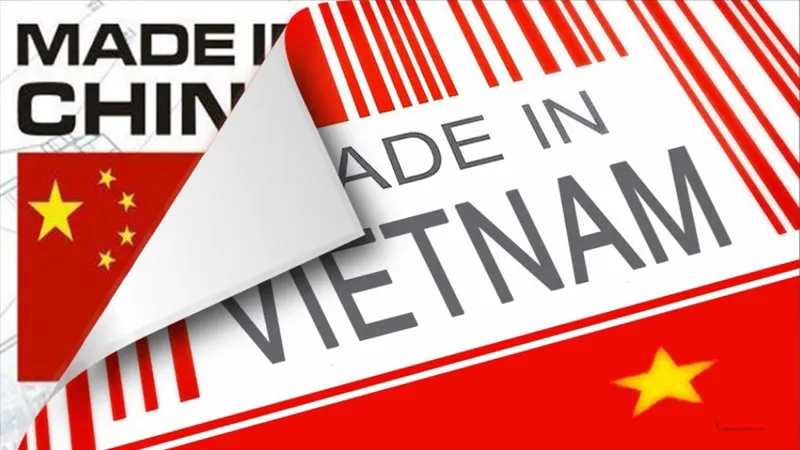Vietnam regulates “Made in Vietnam” norms to prevent Chinese detours
Vietnam is making efforts to tighten control over Chinese goods seeking to be designated Vietnamese-made items.
The government of Vietnam has toughened standards for items to qualify as made in Vietnam as part of efforts to prevent the penetration of Chinese goods which seek Vietnam as haven to avoid American tariffs.
The move aims to block Chinese goods from being exported indirectly to America under Vietnam’s origin.
| Vietnam tightens control over Chinese goods seeking to be designated Vietnamese-made ones |
In a draft circular stipulating criteria for goods eligible to be classified as made in Vietnam, recently released by Vietnam’s Ministry of Industry and Trade, goods are designated Vietnamese-made if they are totally produced within the country or those partly processed in the country.
To be clear, an item designated made in Vietnam once Vietnam-rooted input materials account for 30% of Ex Works (EXW).
In another word, for goods outside Vietnam, to be designated Vietnamese-made, imported goods (from China for example) would have to be processed into a distinct product, with domestic manufacturing added value accounting for at least 30% of their price.
In summary, “Made in Vietnam” products are required to have a localization rate of 30% and be partly produced in Vietnam, according to Vietnam News Agency.
In addition, products that do not originate or are totally produced in Vietnam but meet HS code transformation and have a certain amount of added-value would be considered Vietnamese products. HS code is a set of international standards of names and numbers to classify traded products.
The requirements are considered Vietnam’s tough moves to prevent flows of Chinese goods in the context that Washington is imposing punitive tariffs on Chinese goods amid trade tensions, according to Nikkei Asia Review.
The escalation of the Sino-American trade war spurred many manufacturers to establish new bases in Vietnam or shift output from China to Vietnam where costs are relatively low.
Meanwhile, Vietnam maintains running trade surplus with the US. It prompts Washington’s next steps to narrow the trade gap. Levying more than 400% import tariffs on steel imported from Vietnam with substrate from South Korea and Taiwan is among its activities.
The situation requires Vietnam to tighten control over Chinese goods which seek to be labeled as “Made in Vietnam”.
In May, the US Treasury Department added Vietnam to its list of major trading partners that “merit close attention to their currency practices and macroeconomic policies,” Nikkei reported.
With American imports from Vietnam still expanding, US President Donald Trump has hinted that Hanoi may face penalties similar to Beijing unless it cracks down on Chinese goods being shipped through, a practice widely known as "transshipment."











